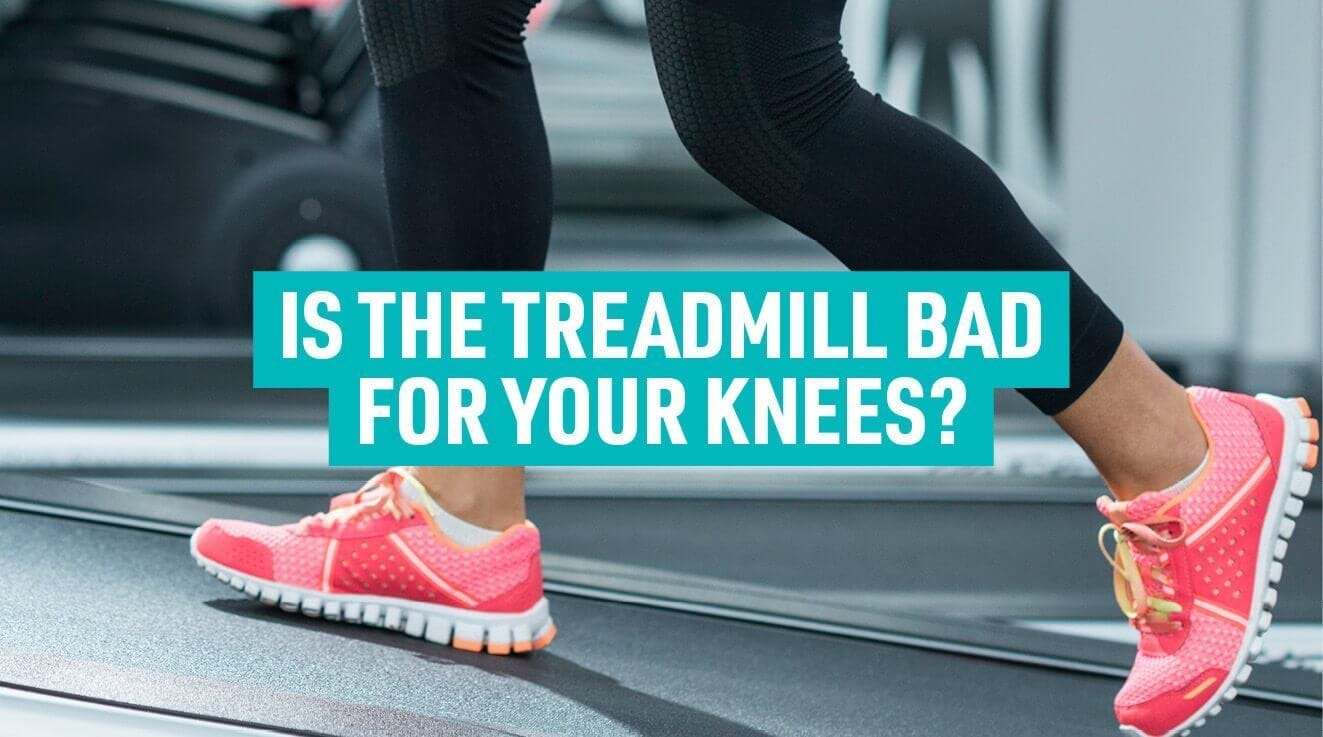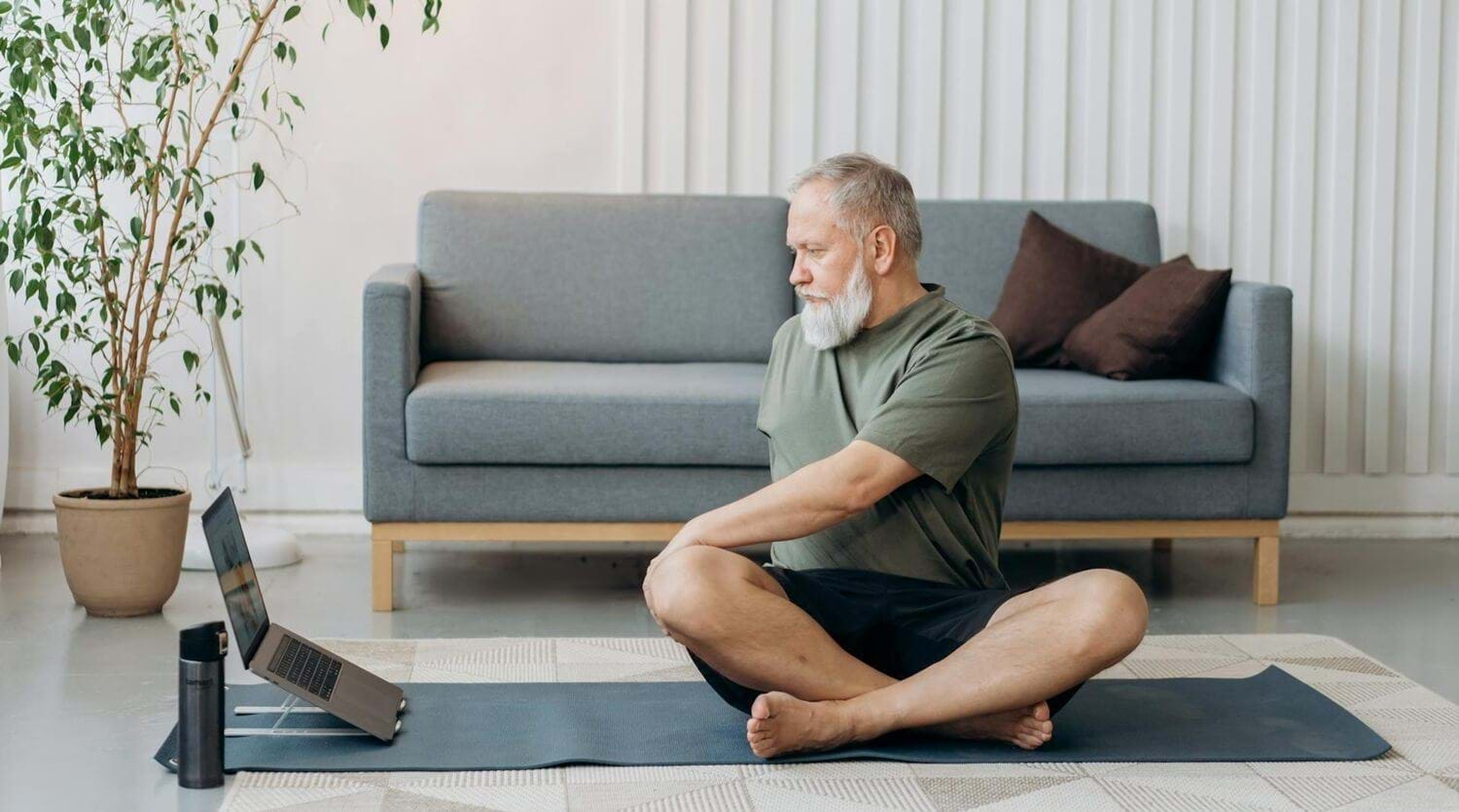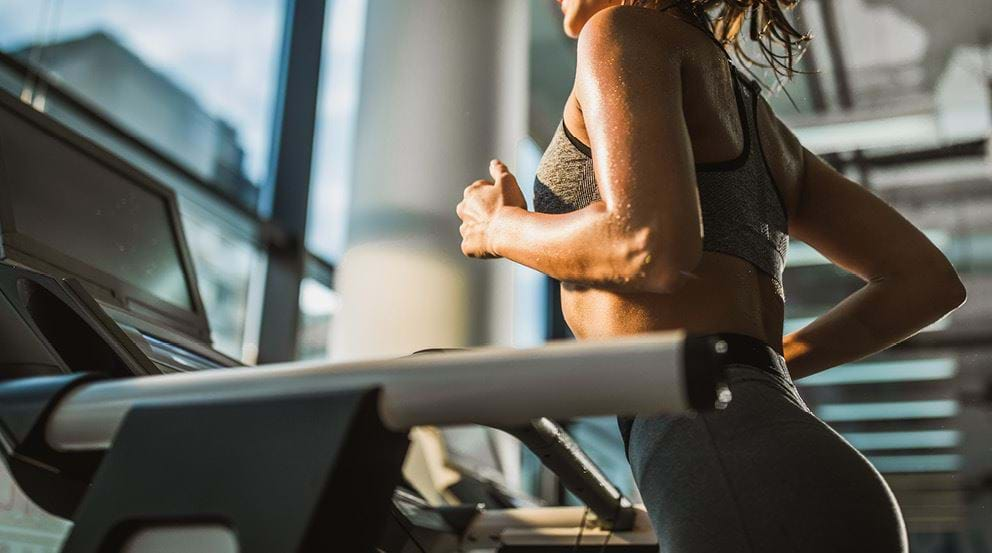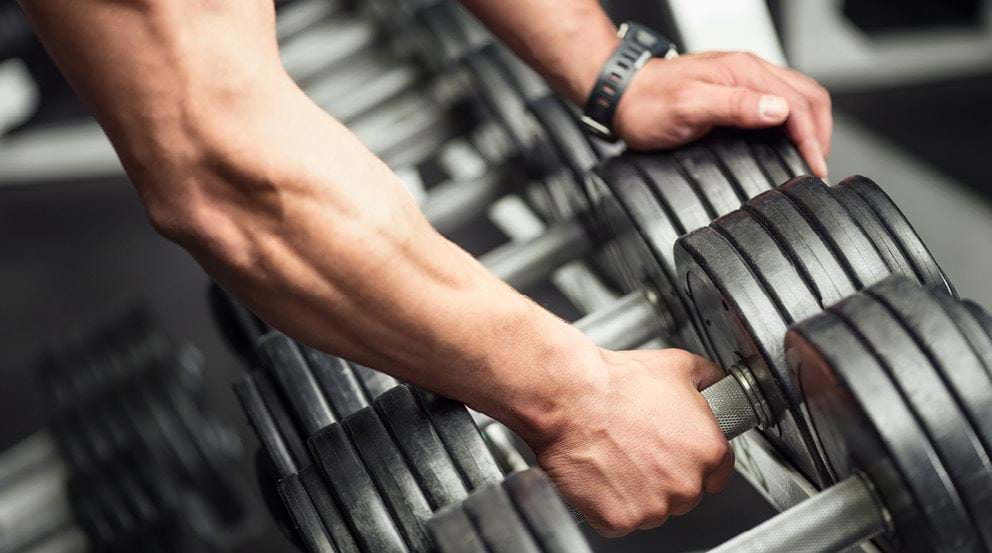Is The Treadmill Bad For Your Knees?

Are Treadmills Bad For Your Knees | Treadmills Vs Outdoors | Causes Of Knee Pain | Avoiding Knee Pain
Regular aerobic exercise plays a huge role in our physical health, and running can be a great way to get the cardiovascular system working.
There are a lot of misconceptions and myths around running which can stop people from getting started, including running being bad for your knees. We've already talked about running and knee pain in depth here, but today we'll be looking at another common running belief: is running on a treadmill bad for your knees.
So, Do Treadmills Damage Your Knees?
In short, no – running on the treadmill isn’t automatically bad for your knees. Running gets a bad rep when it comes to our joints because it is a high impact activity, with the knees, hips, and ankles absorbing the impact from each step.
Despite this, multiple studies have found that running is good for the joints and bones. And, running on a treadmill can be safer than running outdoors, making treadmill running even more knee friendly.
However, there are many factors involved that can mean people get knee pain after using treadmills. If you’ve ever gotten knee pain from running on a treadmill, read on to learn the possible causes and how to fix them.
Treadmills Vs Outdoor Running
Running is a great workout however you prefer to do it, but when it comes to protecting your knees there are key differences between using a treadmill or running outdoors.
There are a few reasons why running on a treadmill can be a great option for your knees compared to running outside, including:
Softer surface: Treadmills have a cushioned surface which reduces the impact on your joints, especially compared to hard surfaces like concrete
Controlled environment: Treadmills provide a consistent, safe environment with less risk of injury than running outdoors. There are no potholes or obstacles, including traffic and bad weather, that can increase the likelihood of falling or landing funny.
However, there are some potential disadvantages of treadmill on knees including:
Unusual movement pattern: Running at a 0% incline on the treadmill on the treadmill doesn't use the same movement pattern as running on flat ground outdoors -- it is more like running on a slight decline. This can be combatted by setting the treadmill to between 1-3%.
Less muscles worked: Treadmill running has less hamstring engagement compared to running outside. As the hamstrings are involved in knee stability and strength, you'll need to make sure you are working them in another way.
Learn more about the differences between running on a treadmill vs outside here.
Why You Might Get Knee Pain After Using Treadmill
While treadmills are not automatically bad for your knees, some people may experience knee pain after running on a treadmill.
If you get knee pain from treadmill running, it’s important to first rule out any pre-existing conditions or injuries that might be causing this. If you’ve been given the all clear by a medical professional, here are some factors to consider.
You’re not warming up
Although it can feel like a chore, it's important to warm up before any workout to help avoid injuries. Warming up increases the heart rate and blood flow, warms the muscles, and engages the muscles so that they are ready to work more effectively. Try walking at a moderate to fast pace for 5 minutes followed by these warm up stretches for runners.
You have poor running technique
Running is a technical movement, and poor form or running gait can cause pain and injury in any part of the body, including the knees. Factors that might cause knee pain include:
Overstriding: Does your foot land in front of your body rather than at the centre of your mass?
Feet, knee, and hip alignment: Do your feet, knees, and pelvis align when you land?
Overpronation or supination: Do your ankles and feet roll in or out?
Pelvis and trunk rotation: Does your pelvis or trunk rotate forward as you stride?
Many specialist running stores offer a free gait analysis which can help you to identify any problems. You can also film yourself running to spot any issues with your running form. While the ideal technique will look different on each person, aim for an upright posture with a slight forward lean, shoulders away from ears, and an engaged core. As you run, your arms should swing back and forth in tandem with the opposite leg, and you should aum to land each foot underneath your centre of gravity.
You’re running on a flat surface
Running on a slight incline on a treadmill causes the foot to strike the treadmill at a more gradual angle and changes the posture, reducing the amount of impact your legs absorb and increasing hamstring and calf engagement. This can help to protect your knees in the short run while building more strength and stability in the long run.
You’re doing too much, too quickly
The fastest way to an injury with any exercise is to up the intensity or duration of your workouts before you are ready. If you are new to running, going from never running to bashing out 30 minutes is a great way to injure your muscles and joints, including the knees.
A good rule of thumb with running is to increase either the distance or speed by 10% each week. This allows you to build the strength, stability, and endurance needed to keep safe.
You have muscular imbalances
Our joints have opposing muscles that help them move, and in ideal world each muscle would have the same amount of strength. It is common for people to have tight, weak muscles in one area which cause an overuse of the other muscles and can lead to poor running gait and increased risk of injury and pain. A common imbalance that can impact running is having weak hamstrings and glutes, leading to an over reliance on the quads and weak hip flexors.
Identifying your imbalances and strengthening the muscles to fix them can help to prevent pain in the knees, as well as throughout the body.
You’re wearing the wrong shoes
Having the right running shoes can go a long way in preventing knee pain from running on the treadmill. For example, if you over or under pronate, you can find running shoes that help to temporarily fix this while you work on more long term fixes. Even something as simple as a shoe that is the wrong size can lead to poor form and issues.
A good running shoe will have some support and cushioning, but not so much cushioning that it can lead to overstriding, and should be a comfortable fit – not too loose or too tight. You may want to consider a wider toe box as this allows your foot to take more of the impact and reduce stress on the knees.
How To Prevent Knee Pain From Treadmill Running
The first step to preventing running knee pain is to identify what the cause is. This may be one of the above, or it may be an injury. If you experience sharp knee pain while treadmill running, or the pain isn't getting better (or is getting worse) with time, we'd recommend speaking to a medical professional who can help to identify what the cause of your pain is and recommend a bespoke treatment plan.
If your knee pain isn't the result of an injury, you can help to avoid knee pain from running by doing the following:
Warm up before your runs. Perform light cardio like fast walking, marching, and leg swings to warm the body, followed by lower body specific dynamic exercises to engage the muscles.
Increase speed and distance slowly. One of the biggest causes of running injuries is upping your runs too quickly. Aim to increase either the speed or distance by no more than 10% each week.
Strength train. Build strength to create strong, healthy joints. It's important to work on the full body, but glutes, calves, hamstrings, quads, and hip flexors in particular will help with your knees. Check out our strength exercises for bad knees here.
Improve muscle imbalances. Identify any muscle imbalances you have and work on closing the gap between your strong and weak muscles.
Run on a slight incline. Set your treadmill between 1-3% incline to reduce the impact of each stride.
Perfect your running form. Analyse your running gait and address any issues that might be causing your knee pain.
Invest in good running shoes. Try on different running shoes to find ones that are supportive and comfortable to run in.
Ready to try treadmill running? You can get more running advice here, or find your nearest gym here to get started.


